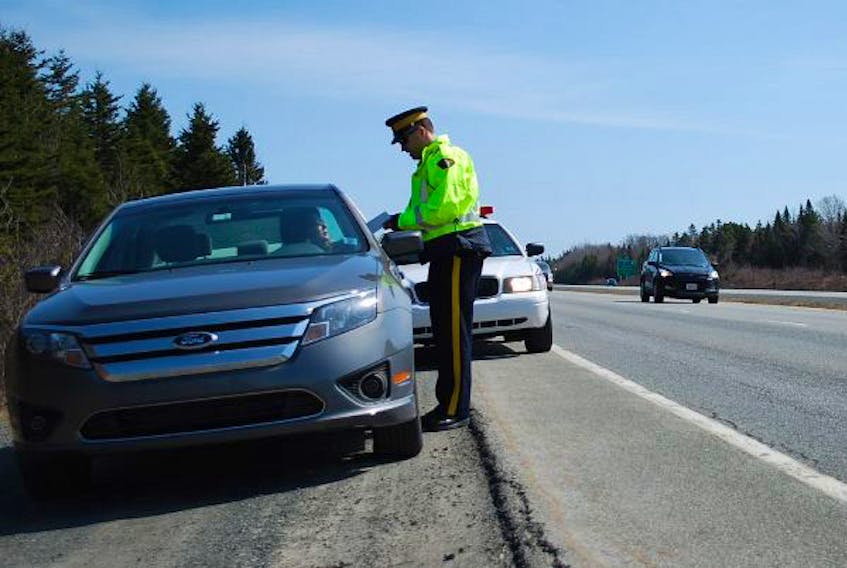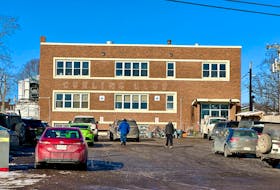
I’ve seen them in pretty much every Atlantic province: the warnings put out for that most scarce of things, the non-existent highway worker.
Now, I know that working on traffic-filled highways is a harrowing job; workers are regularly injured and even killed on the job by careless, speeding or distracted drivers. It’s such a problem that some jurisdictions put up signs with photos of workers on them, identifying them as “Jason’s Dad” or “Kevin’s Mom” in an effort to personalize the people who are taking the risks.
It’s also why there are often sharply increased fines for speeding in construction zones, and why “Move Over” legislation is needed to both slow vehicles down and to keep them away from people who are working or providing emergency services.
(If you can find one single tow-truck driver anywhere in the Atlantic provinces who hasn’t had a close call with a dangerous driver, no matter how well lit up his or her tow truck is, I’d be amazed.)
But awareness, like almost any road, is a two-way street.
Related article:
Not long ago, travelling from Truro to the Halifax airport, I came across a well-established set of warnings for a construction site. It was on the divided highway, and, on both sides of the road, there were orange warning signs that construction was coming, followed by warnings about reduced speeds being strictly enforced, followed by signs that showed what the reduced speed would be, and finally, signs announcing the beginning of construction.
Except the anticipated construction wasn’t there. It wasn’t anywhere. Maybe it was because it was on the weekend, or maybe because I was travelling so early in the morning. It doesn’t matter — what matters is that I was being asked to be extra-vigilant, aware and prepared for something that didn’t exist.
By the time I’d passed the last set of signs, other cars were whipping by me. I do know that, for Nova Scotia at least, the signs are the applicable traffic speed even if there’s no construction, the argument being that there either might be unseen workers, or that the road just isn’t safe for higher speeds.
What I also know is that signs for phantom construction work doesn’t make things one bit safer for constructions workers. In fact, it makes things more dangerous.
A letter to the editor in the St. John’s Telegram pointed out the dangers last week: after passing a set of highway signs warning about the start of a construction zone, he started his trip odometer, and waited for the construction to appear — it did finally turn up, 15.5 kilometers beyond the last sign. On Tuesday, a Twitter user snapped a series of photographs of a Newfoundland highway that was all dressed up with construction signs, but with nothing on the go.
I’ve seen it in P.E.I., and I’ve seen it in New Brunswick. I’ve also sign crews in pickups trucks on a variety of highways turning signs around or laying them face down at the end of the work day.
Each of the Atlantic provinces has their own, very precise regulations for highway signs – the style they have to be, the colours that have to be used, the shapes of some signs. But what there also has to be is very precise rules about constructions signs — how close to construction they have to be placed and when they have to put left up or taken down. Those same rules have to be enforced.
Several provincial transportation departments warn that the highest risk in construction zones is from vehicles moving at different speeds. If you believe the signs, and others (perhaps legitimately) don’t, dangerous variations in speed is exactly what you are creating.
Let’s have some uncommon common sense here.
Russell Wangersky’s column appears in 39 SaltWire newspapers and websites in Atlantic Canada. He can be reached at [email protected] — Twitter: @wangersky.









